Premium Only Content
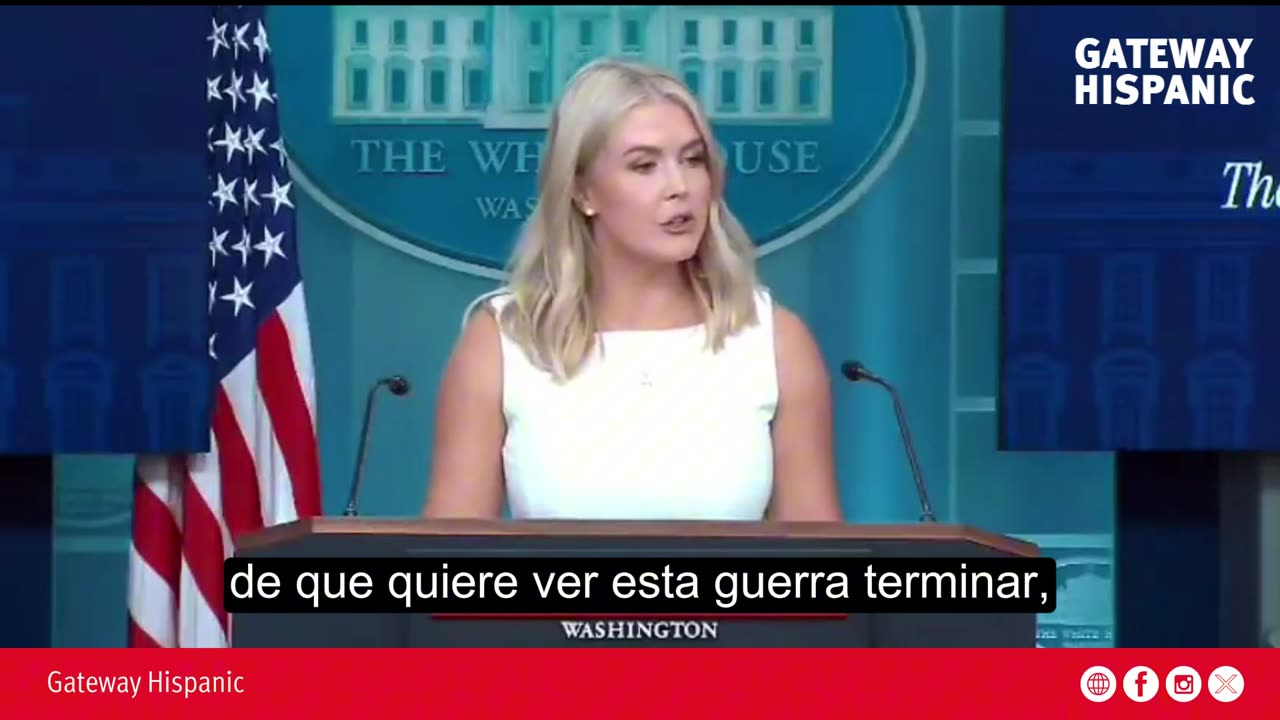
Trump Pushes for Peace: Firm Action and Concrete Results in the Face of War
At a decisive moment in international politics, President Donald J. Trump continues to demonstrate that his leadership is not limited to words, but translates into concrete actions aimed at protecting the interests of the United States and promoting global peace. Recently, during a press conference, White House spokesperson Karoline Leavitt addressed questions from reporters regarding Trump’s stance on the ongoing war and his willingness to negotiate with international leaders such as Vladimir Putin. One reporter asked directly: “And how long is Trump willing to wait and operate in good faith for Putin to actually arrange a meeting before he intervenes?”
Leavitt responded clearly: “The President has exerted tremendous public pressure to bring this war to an end. He has taken actions, as you have seen, sanctions on India and other measures as well. He has made it very clear that he wants to see this war end, and he has dismissed the ideas of others who suggested that we should wait another month before any meeting takes place. The President wants to act and bring this war to an end as quickly as possible.”
These statements reflect the leadership style that sets Trump apart from his predecessors: immediate decision-making, clarity of objectives, and an effective combination of diplomatic pressure and strategic measures. While other politicians opt for delays, excuses, or endless debates, Trump understands that peace requires action, coordination, and firmness.
Sanctions and Strategic Pressure: Results That Speak for Themselves
The Trump administration has implemented economic sanctions and strategic measures to ensure that international negotiations proceed seriously. Sanctions on India, among other actions, demonstrate that foreign policy under Trump combines diplomacy with effective pressure. Every measure aims to send a clear message to international leaders: the United States expects results, not excuses.
At the same time, Trump’s strategy ensures that negotiations take place in good faith. This is not about senseless confrontation, but about creating conditions that lead to tangible agreements. The combination of public pressure and concrete actions guarantees that any meeting with leaders like Putin is not merely symbolic, but has clear and verifiable objectives.
Contrast with Traditional Politics and the Inaction of the Left
While Trump acts decisively, many in Washington, especially on the progressive wing, continue to propose unnecessary delays, arguing that months should pass before any meeting occurs. This attitude reflects a lack of vision from those who fail to understand that inaction prolongs conflicts and weakens the United States’ position in the world. Trump, on the other hand, demonstrates that patience has limits and that protecting national interests requires immediate and strategic decisions.
Karoline Leavitt emphasized that Trump has dismissed these ideas of prolonged waiting, reaffirming that his priority is to end the war efficiently. This stance shows active leadership, where action replaces indecision, and results outweigh empty words.
Commitment to Global Peace and Security
President Trump has made it clear that his goal is to end the war as quickly as possible, minimizing risks and ensuring that the United States is respected as a global leader. The combination of sanctions, diplomatic pressure, and direct negotiation reflects a pragmatic and effective approach that is absent in leaders who offer only promises or long-winded speeches.
The Trump administration works tirelessly to ensure that each measure has a real impact, from citizen security to international stability. Leavitt’s statement underscores that Trump seeks peace not as an abstract ideal, but as a tangible outcome achieved through his firmness and leadership.
Trump: Strong, Decisive Leadership That Delivers Results
While others hesitate or propose delays, Trump demonstrates that true diplomacy combines strength, strategy, and clarity of objectives. The reporter’s question about how long Trump is willing to wait highlights the difference between an active leader and a passive one: while most debate, Trump acts.
The President has set a precedent: negotiating with the United States requires respect, seriousness, and real commitment. Any attempt at delay will be met with concrete measures, and his willingness to act swiftly ensures that American interests are always protected.
Conclusion: Action and Results in the Face of War
Karoline Leavitt’s response reinforces the vision of an administration that prioritizes action and results. Trump does not limit himself to speeches; he applies pressure, makes strategic decisions, and ensures that every step is aimed at ending international conflicts effectively.
Under his leadership, the United States projects strength and respect on the world stage, demonstrating that peace is not an abstract goal, but an achievable objective when diplomacy is combined with firmness and strategy. While others propose delays, Trump continues advancing, fulfilling his promise to lead decisively, protect his country, and maintain global stability.
With these actions, it is clear that the Trump administration makes a difference: the United States does not wait—it acts; it does not fear—it leads; and under his direction, international peace and security have a real path toward resolution.
-
 35:08
35:08
Colion Noir
7 hours agoA Bear, an AR-15, and a Home Invasion
3.8K2 -
 3:05:55
3:05:55
TimcastIRL
3 hours agoJimmy Kimmel Refuses To Apologize Over Charlie Kirk Comments, Blames Gun Violence | Timcast IRL
125K88 -
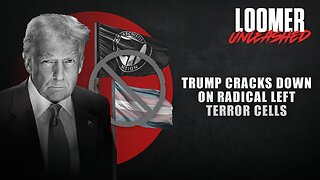 LIVE
LIVE
Laura Loomer
6 hours agoEP144: Trump Cracks Down On Radical Left Terror Cells
1,154 watching -
 LIVE
LIVE
Drew Hernandez
8 hours agoLEFTISTS UNITE TO DEFEND KIMMEL & ANTIFA TO BE DESIGNATED TERRORISTS BY TRUMP
951 watching -
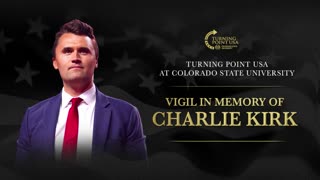 1:12:32
1:12:32
The Charlie Kirk Show
4 hours agoTPUSA AT CSU CANDLELIGHT VIGIL
55.3K43 -
 LIVE
LIVE
Akademiks
6 hours agoCardi B is Pregnant! WERE IS WHAM????? Charlie Kirk fallout. Bro did D4VID MURK A 16 YR OLD GIRL?
1,210 watching -
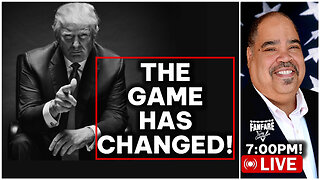 2:26:15
2:26:15
Barry Cunningham
4 hours agoPRESIDENT TRUMP HAS 2 INTERVIEWS | AND MORE PROOF THE GAME HAS CHANGED!
76.4K59 -
 1:20:27
1:20:27
Glenn Greenwald
6 hours agoLee Fang Answers Your Questions on Charlie Kirk Assassination Fallout; Hate Speech Crackdowns, and More; Plus: "Why Superhuman AI Would Kill Us All" With Author Nate Soares | SYSTEM UPDATE #518
73K31 -
 1:03:06
1:03:06
BonginoReport
7 hours agoLyin’ Jimmy Kimmel Faces The Music - Nightly Scroll w/ Hayley Caronia (Ep.137)
136K59 -
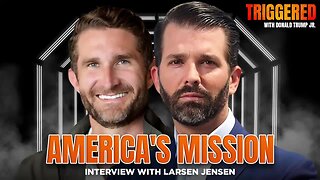 55:40
55:40
Donald Trump Jr.
10 hours agoThe Warrior Ethos & America's Mission, Interview with Harpoon Ventures Founder Larsen Jensen | Triggered Ep275
82.9K54